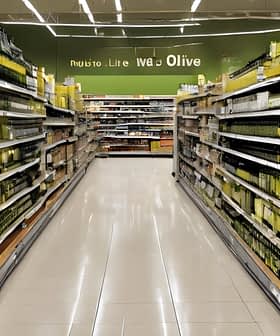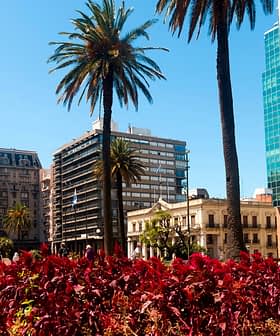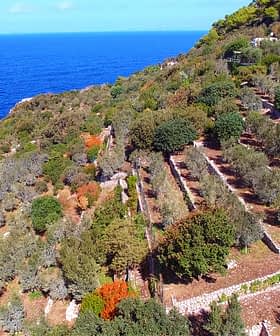
Research on better detection of olive oil fraud could receive about €5 million ($6.7m) under the European Commission’s new Horizon 2020 program.
The nearly €80 billion program is the EU’s biggest research and innovation initiative and is advertised as promising “more breakthroughs, discoveries and world-firsts by taking great ideas from the lab to the market.“
Under the sub-program of sustainable food security, a call for submissions is open until March 12 on the topic of olive oil authentication.
“Olive oil is normally sold at a higher price than other vegetable oils and fraudulent activities are tempting,” the related information says. Thus new analytic methods are sought that will help to preserve the image of olive oil by guaranteeing its quality and authenticity. Of particular interest are the detection of blends of extra virgin olive oil or virgin olive oil with soft deodorized olive oil, and of extra virgin olive oil or virgin olive oil with other vegetable oils.
“Proposals should evaluate fraud vulnerability in the olive oil sector and develop, validate and harmonize methods and analytical protocols to detect undesired processing (e.g. deodorization), adulteration and to verify the quality of olive oil based on novel technological advances,” a summary of the program call says. They should also explore the establishment of a databank for olive oil and contribute to standardization.
Among specific impacts expected from the research is the generation of “reliable, validated, cost efficient, harmonized and ready-to-use methods (based e.g. on genomic, metabolomic and other tools) to detect frauds and verify the quality of olive oil.”
The Commission considers “proposals requesting a contribution from the EU in the range of €5 million would allow this specific challenge to be addressed appropriately,” the program call also says. Proposals may include participants from countries outside the EU.
The Workshop on Olive Oil Authentication jointly hosted by the Commission and the International Olive Council in Madrid last June identified priority areas which were used to design the project call.








